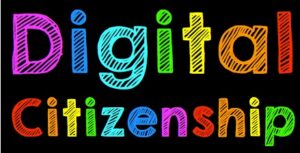https://www.strongnations.com/
In EDUC 446, we were asked to visit some of the websites listed online at Curriculum Resources | Indigenizing the Curriculum and to bring to class 4-6 lesson plan ideas that would fit on the size of a post-it note.
I fell in love with Strong Nation! This is an Indigenous-owned online Book, Gift Store, and Publishing House. All of their resources are made in Canada! They have books galore, an abundant amount of Educator Resources, and many authentic items to help build a classroom that actively integrates the First Peoples Principles of Learning so that Indigenous students can see themselves reflected in the curriculum and their classroom environment.
I love to shop, and if I had an unlimited budget, the first four things I would purchase for my dream classroom would be… (These are also the “ideas” for my lessons – I’m just not sure which one I will use or where it will lead :))
1. The entire set of finger puppets and hand puppets. Strong Nations has the most incredible collection of animal puppets. I could immediately imagine the life these puppets would bring to any storytime. The best part was they were animals we would find here – like a moose! These could be used for inspiration to create their own stories for older students. The options would be endless.
2. The Indigenous artwork puzzles. Throughout my travels in practicum observations and my work as a TTOC, I have noticed that many teachers have puzzle tables or corners for students to work at. If I am going to purchase puzzles for my classroom, what a smart idea to choose puzzles that showcase beautiful Indigenous art!
3. Sequencing and matching card sets: salmon life cycles, edible and medicinal plants, marine wildlife. Just like the puzzles, this process has opened my eyes, that if I am going to purchase resources for my classroom, I should be smart about what I choose. Of course, if I find a steal of a deal on some Disney-matching cards at a garage sale, I should be thrifty as I build my classroom. Still, I also need to become more aware that Indigenous-based educational resources exist and that I should embrace every opportunity that I can to embed authentic Indigenous resources.
4. The double-sided Yoga card. I enjoy taking a few minutes with my classes to shake up the routine. These Yoga Cards would be fabulous in an elementary setting (especially as a TTOC). One side of the card shows a Yoga pose, i.e., Wolf – kneel and sit back on heels, press hands on floor and howl; the other side shows the related animal and gives a description. For the Wolf, it says, Wolf reminds us to appreciate teachings. The cards give us a way to honour connection to oneself, others, animals, nature, spirit and the planet.


